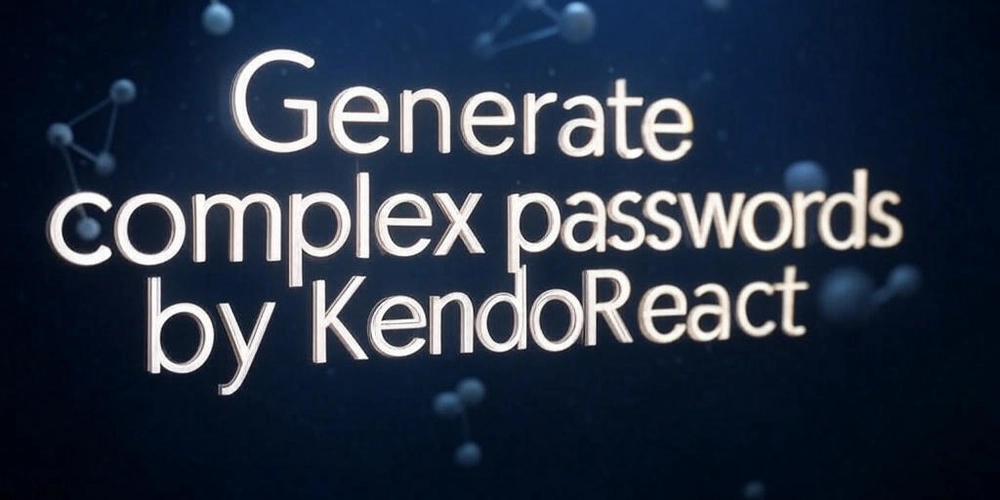Understanding the Purpose of Docker & Kubernetes Through a Simple Class-Object Analogy
Introduction: Many beginners struggle with Docker and Kubernetes concepts. A simple way to understand them is by comparing them to class and object in programming. 1. Class and Object in Programming A class is a blueprint that defines the structure and behavior of objects. It does not exist in memory until an object is created from it. An object is a real instance of a class, with allocated memory and actual properties. For example, in Python: class Car: def __init__(self, brand, model): self.brand = brand self.model = model def drive(self): print(f"Driving {self.brand} {self.model}") # Creating objects (instances) car1 = Car("Toyota", "Corolla") car2 = Car("Tesla", "Model S") Here, Car is the class (blueprint), and car1 and car2 are the actual objects (instances). 2. Docker Image and Container: Class-Object Analogy Now, let's see how Docker follows a similar pattern: A Docker image is like a class—it is a pre-built blueprint containing everything needed to run an application, including the code, dependencies, and environment settings. A Docker container is like an object—it is a real, running instance of the image, executing the application inside an isolated environment. Example: Consider a simple Python application inside a Docker container. Create a Dockerfile (Blueprint, like a Class): FROM python:3.9 COPY app.py /app.py CMD ["python", "/app.py"] Build the Image (Compiling the Class): docker build -t my-python-app . Run a Container (Creating an Object): docker run --name container1 my-python-app Here, my-python-app is like a class, and each time we run docker run my-python-app, we create a new container (object). 3. Kubernetes as an Object Manager In programming, we often use object managers or factories to handle multiple instances of objects efficiently. Similarly, Kubernetes (K8s) is a container manager that orchestrates multiple containers, ensuring they are running, scaling them up or down, and restarting them if needed. How Kubernetes Manages Containers Pods: Kubernetes groups containers into Pods (like managing a set of objects together). Scaling: If more instances (objects) are needed, Kubernetes can replicate containers automatically. Self-Healing: If a container (object) crashes, Kubernetes restarts it. Example: Kubernetes Deployment (Managing Multiple Objects) apiVersion: apps/v1 kind: Deployment metadata: name: my-python-deployment spec: replicas: 3 # Like creating 3 objects from a class selector: matchLabels: app: my-python-app template: metadata: labels: app: my-python-app spec: containers: - name: my-python-container image: my-python-app This creates three running instances (containers) from a single image, similar to how a program may create multiple objects from a class. Thanks for reading! Questions or comments? Leave them below.

Introduction:
- Many beginners struggle with Docker and Kubernetes concepts.
- A simple way to understand them is by comparing them to class and object in programming.
1. Class and Object in Programming
A class is a blueprint that defines the structure and behavior of objects. It does not exist in memory until an object is created from it.
An object is a real instance of a class, with allocated memory and actual properties.
For example, in Python:
class Car:
def __init__(self, brand, model):
self.brand = brand
self.model = model
def drive(self):
print(f"Driving {self.brand} {self.model}")
# Creating objects (instances)
car1 = Car("Toyota", "Corolla")
car2 = Car("Tesla", "Model S")
Here, Car is the class (blueprint), and car1 and car2 are the actual objects (instances).
2. Docker Image and Container: Class-Object Analogy
Now, let's see how Docker follows a similar pattern:
A Docker image is like a class—it is a pre-built blueprint containing everything needed to run an application, including the code, dependencies, and environment settings.
A Docker container is like an object—it is a real, running instance of the image, executing the application inside an isolated environment.
Example:
Consider a simple Python application inside a Docker container.
Create a Dockerfile (Blueprint, like a Class):
FROM python:3.9
COPY app.py /app.py
CMD ["python", "/app.py"]
Build the Image (Compiling the Class):
docker build -t my-python-app .
Run a Container (Creating an Object):
docker run --name container1 my-python-app
Here, my-python-app is like a class, and each time we run docker run my-python-app, we create a new container (object).
3. Kubernetes as an Object Manager
In programming, we often use object managers or factories to handle multiple instances of objects efficiently.
Similarly, Kubernetes (K8s) is a container manager that orchestrates multiple containers, ensuring they are running, scaling them up or down, and restarting them if needed.
How Kubernetes Manages Containers
Pods: Kubernetes groups containers into Pods (like managing a set of objects together).
Scaling: If more instances (objects) are needed, Kubernetes can replicate containers automatically.
Self-Healing: If a container (object) crashes, Kubernetes restarts it.
Example: Kubernetes Deployment (Managing Multiple Objects)
apiVersion: apps/v1
kind: Deployment
metadata:
name: my-python-deployment
spec:
replicas: 3 # Like creating 3 objects from a class
selector:
matchLabels:
app: my-python-app
template:
metadata:
labels:
app: my-python-app
spec:
containers:
- name: my-python-container
image: my-python-app
This creates three running instances (containers) from a single image, similar to how a program may create multiple objects from a class.
Thanks for reading! Questions or comments? Leave them below.










































































































































































![[The AI Show Episode 142]: ChatGPT’s New Image Generator, Studio Ghibli Craze and Backlash, Gemini 2.5, OpenAI Academy, 4o Updates, Vibe Marketing & xAI Acquires X](https://www.marketingaiinstitute.com/hubfs/ep%20142%20cover.png)



























































































































![[FREE EBOOKS] The Kubernetes Bible, The Ultimate Linux Shell Scripting Guide & Four More Best Selling Titles](https://www.javacodegeeks.com/wp-content/uploads/2012/12/jcg-logo.jpg)



![From drop-out to software architect with Jason Lengstorf [Podcast #167]](https://cdn.hashnode.com/res/hashnode/image/upload/v1743796461357/f3d19cd7-e6f5-4d7c-8bfc-eb974bc8da68.png?#)






































































































.png?#)




.jpg?#)
































_Christophe_Coat_Alamy.jpg?#)







































































































![Rapidus in Talks With Apple as It Accelerates Toward 2nm Chip Production [Report]](https://www.iclarified.com/images/news/96937/96937/96937-640.jpg)









































































































































